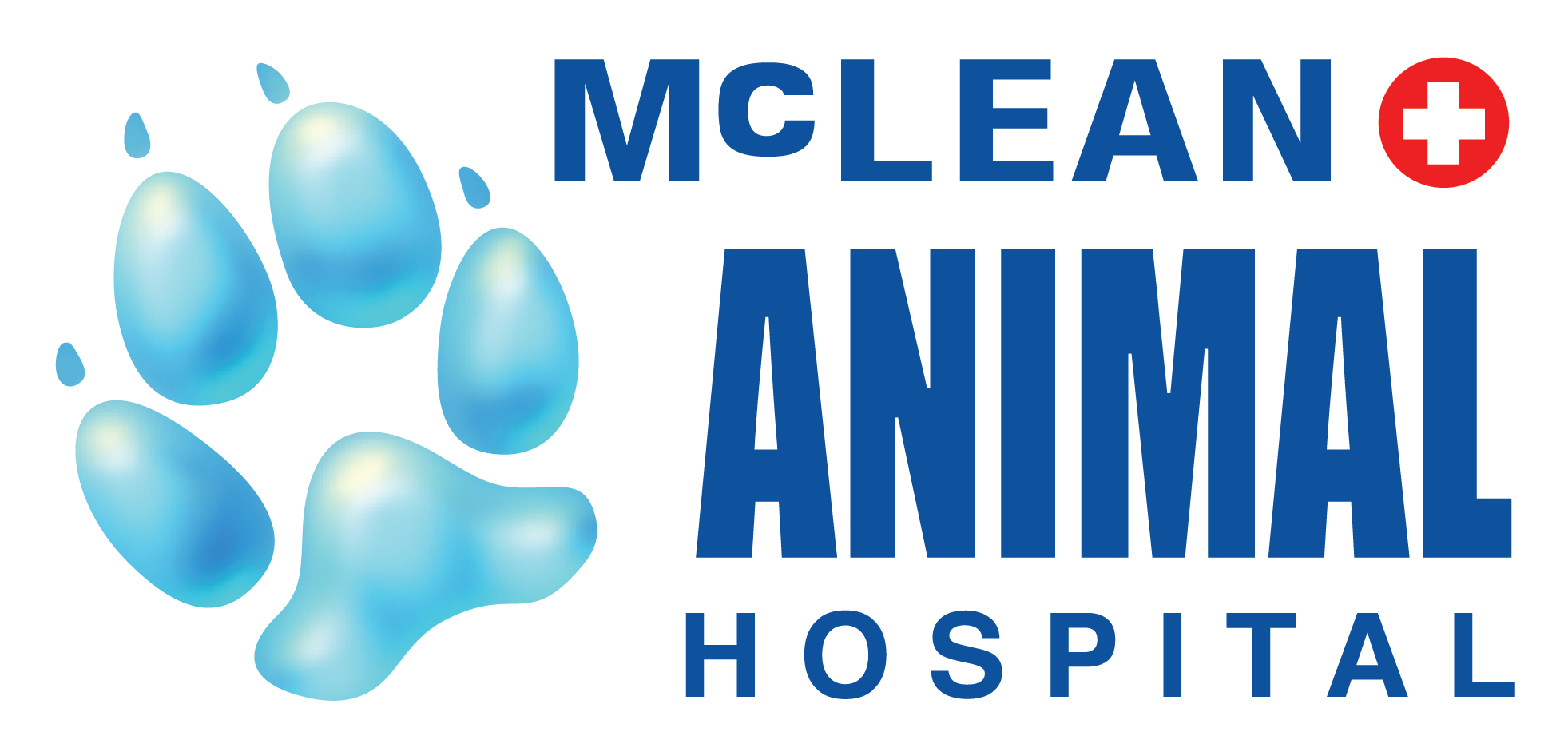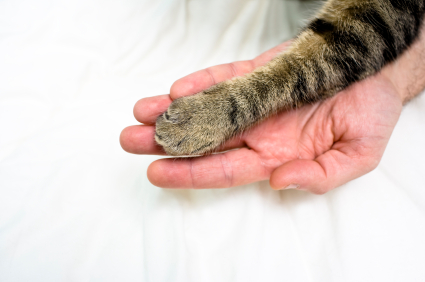Typically, an older pet is a cherished pet. They’ve been with us for years, we know them well and they know us, and their place in our families and homes is indisputable. We want to give them the best, we feel they deserve it after years of loyalty and companionship, however often times we remain blind to their own suffering.
It is not at all uncommon that I hear pet owners talk about their senior pets “slowing down” or “getting old”. This is certainly often true, but it is my challenge to try to distinguish a normal and healthy slowing pace of an aging pet from chronic pain. Very often, there is at least some degree of the latter.
Osteoarthritis, also known as degenerative joint disease, or commonly as just “arthritis”, is a chronic progressively degenerative disease that involves the entire joint, resulting in both acute and chronic pain. 20-75% of the dog population has been shown to suffer from it. Researchers have demonstrated that 20-30% of all cats have osteoarthritis, increasing to 90% in cats over 12 years of age. This disease in our pets is very similar to the arthritis we suffer from, so ask yourself, how many people do you know over 50 years of age who can claim to be free of any musculoskeletal pain? I’d wager few.
When rendering activity and mobility changes to age, we need to be careful that we are not in fact failing to appreciate and acknowledge pain, especially when there is plenty we can do to treat this pain and keep our pets comfortable into their golden years. As veterinarians, we’ve dedicated our professional lives and taken an oath to prevent and ameliorate pain in our animal patients; it breaks my heart to see an old dog struggling to slowly raise itself to a standing position in our exam rooms.
Thanks to ample research in this area, there is a plethora of options we can discuss and offer to Rickety Rocky or Weakened Wilma. These include diet changes to specifically formulated mobility diets, glucosamine and omega fatty acid supplements, rehabilitation sessions to help strength muscles and support joints, acupuncture, and likely most efficacious, medications for pain and inflammation.
I’ve had many owners coming back with their pets after starting medication, very pleased with the new energy level and return to mobility that had gradually and silently slipped away from them. Aging can be cruel, to us and to our pets, so let’s do our best to keep them comfortable into their golden years.




